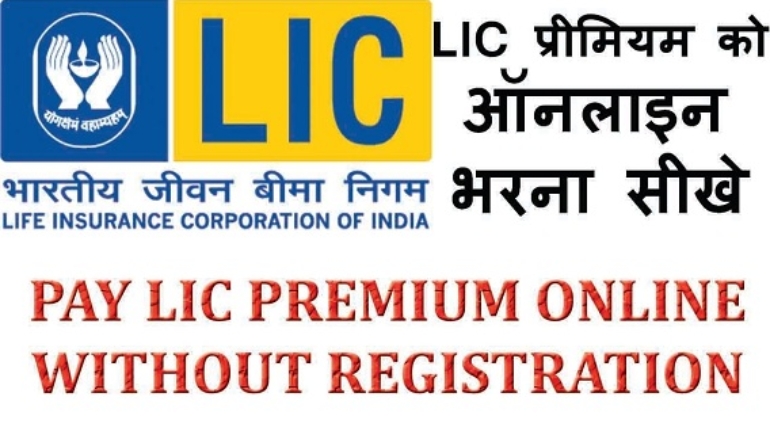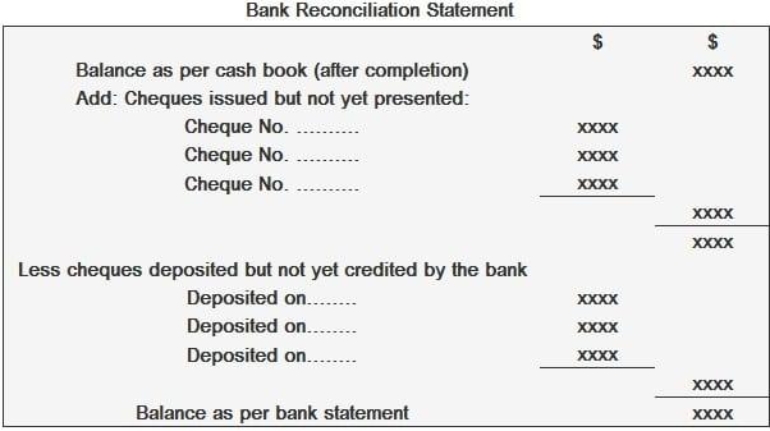PAN Card Status
PAN Card Status Here are the steps to check PAN Card status on NSDL using acknowledgment: First, open the Track PAN Status page on the NSDL website by clicking https://tin.tin.nsdl.com/pantan/StatusTrack.html Fill application type, acknowledgment number then captcha. Then click on proceed then the user can know the status of PAN. Without Acknowledgement: TIN-NSDL has made ample provisions for applicants to check PAN card online. The portal allows users to check PAN card appli ...










